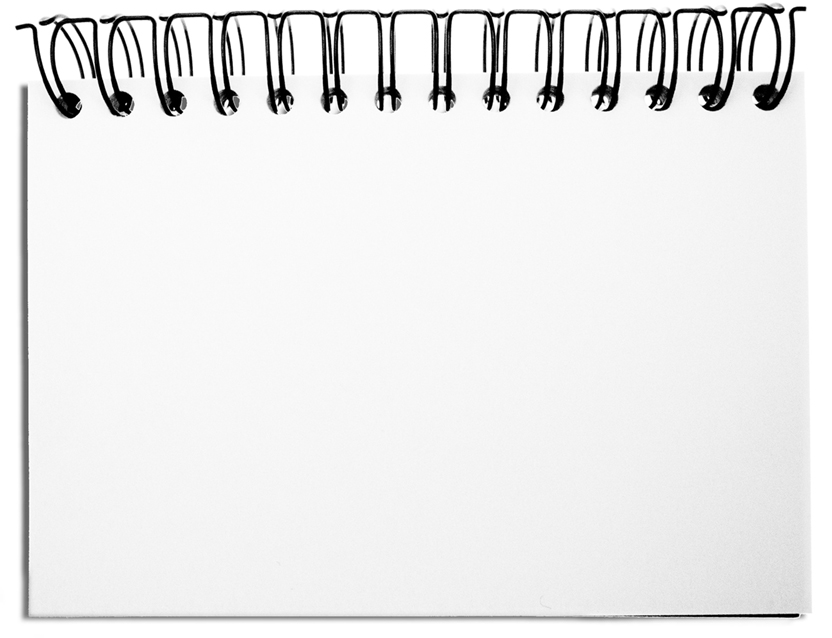Joint thinking is determined by the effort of at least two people to create ideas. An efficacious approach is the brainstorming. To make it work certain influences have to be avoided, which obstruct the production of ideas. But what disturbs the brain storm?
The following aspects hinder the barrier-free gushing of ideas in groups.
- Suppress criticism
As long as a thought so long is not thought through, it behaves like a seedling. A certain size must be reached, in order to be viable. That is also true for ideas. For this reason each form of criticism or valuation should be suppressed, so that the idea can reach a certain maturity level. - Natural thinking
The difficulty is the letting out of an idea. For this reason ALL thoughts should be able to reach the surface barrier-free. Co-thinkers can limit each other quickly, if they keep their contribution due to fear of criticism. On the other side something similar can happen, if too much consideration is shown to others, in order not to injure them by, for example, too many own contributions. It is suggested to make the goal of the brainstorming to your own and to produce courageously and respectful your own contributions. - No Comments
The clear cut between the production of ideas and the later selection and evaluation is essential, in order to come to as many as possible free thoughts. Especially killer phrases, like “Nobody understands”, “This is senseless”, “This is politically not correct”, “This never went well”, “This is not allowed”, “Typical!”, pollutes the process. It is better to make it clear to the involved people that the proposals will be discussed in the next step and that meanwhile any comments are forbidden. - Be aware of Groupthink
In groups again and again patterns evolve that drive the cooperation in unwanted directions. This includes the tendency of trying to finish as fast as possible, dominant participants, who take over the control of the group or the attitude that the majority will fix the problem. To reduce these group effects, the meetings should be short.
Such trends can be avoided by assigning the facilitation of the brainstorming to a neutral person. The task consists of recognizing the previous aspects and to eliminate barriers.
Bottom line: In brainstorming, the participants stand in one another’s way. Anticipatory restraint leads to worse results, than could be actually possible. For this reason the disturbances in the brainstorm should be designated and explicitly forbidden in the beginning of the session. The best remedies are neutral third parties, who lead the brainstorming, in order to come in a group to the best possible results.


